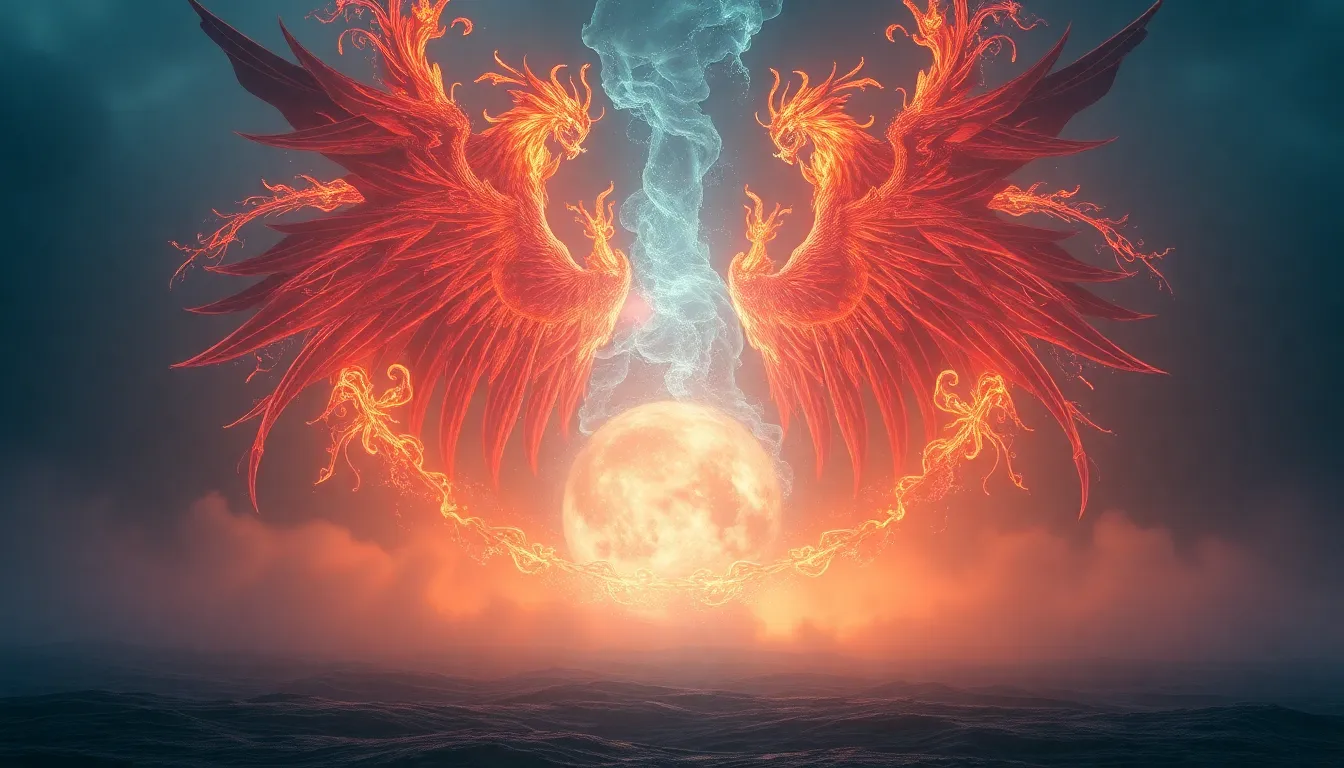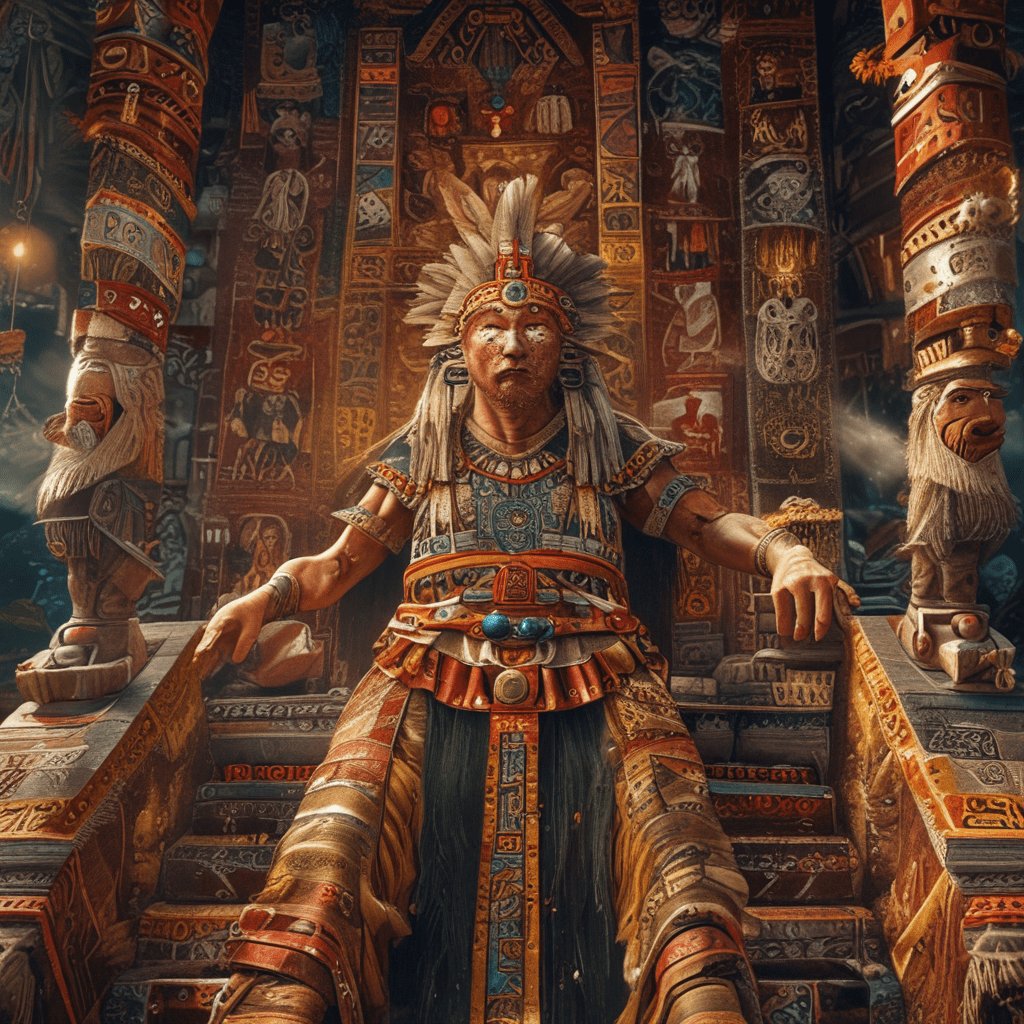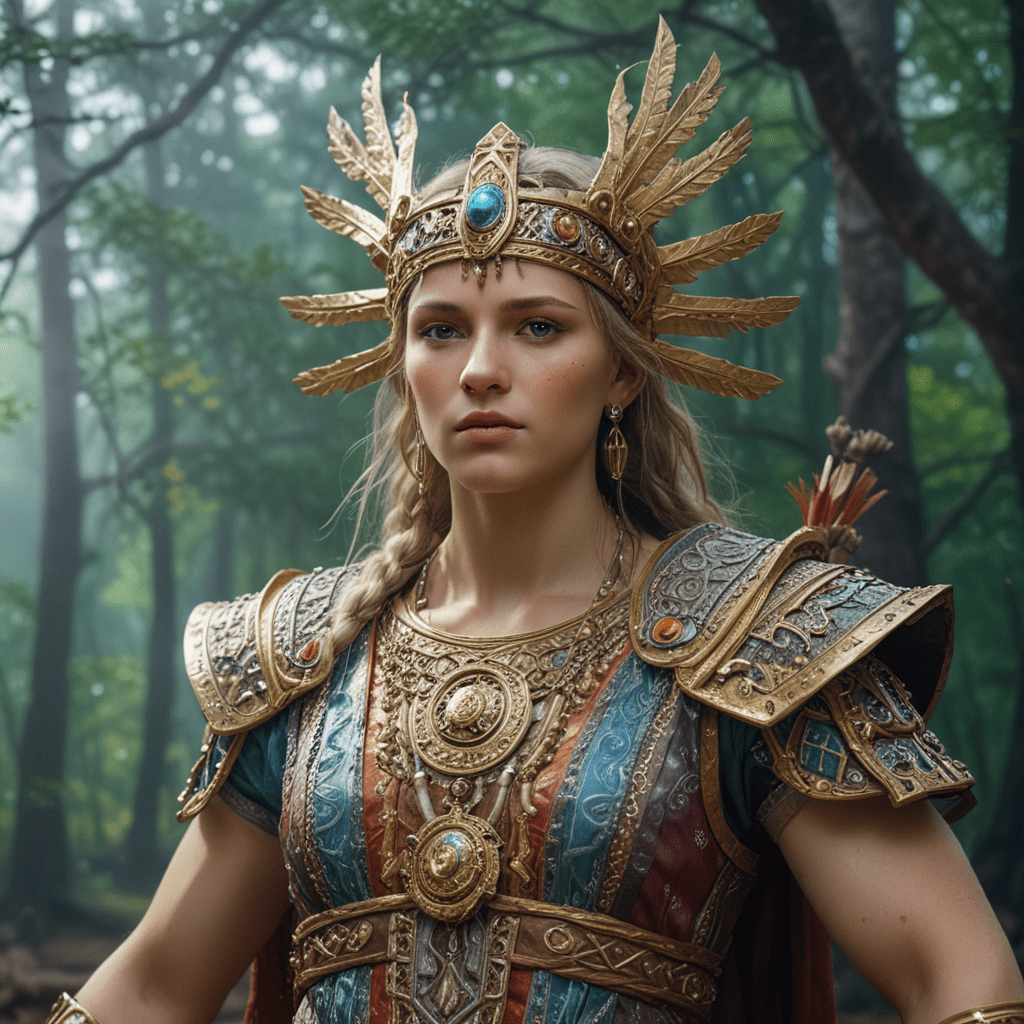The Mountain of the Lost Legends: Uncovering Forgotten Tales
Introduction: The Allure of the Mountain of the Lost Legends
The Mountain of the Lost Legends, shrouded in mystery and steeped in folklore, stands as a sentinel to the forgotten tales of humanity. Its towering peaks and hidden valleys have inspired countless stories, each echoing the voices of those who once inhabited its slopes. This mountain is not merely a geographic feature; it is a cultural repository of forgotten narratives that resonate with the human experience.
Legends play a crucial role in shaping cultural identity and history. They serve as conduits for moral lessons, community values, and a sense of belonging. This article aims to delve into the depths of the Mountain of the Lost Legends, exploring its historical significance, the tales that have emerged from its shadows, and the ways in which these narratives continue to influence contemporary society.
Historical Context: Legends Shaped by Time
Throughout history, the Mountain of the Lost Legends has been a pivotal figure for local communities, serving as both a physical landmark and a metaphorical one. Its significance is deeply rooted in the lives of the indigenous tribes that have called it home for centuries. These tribes have woven the mountain into their cultural fabric, creating a tapestry of legends that reflect their values and experiences.
Oral traditions have proven essential for the preservation of these legends. Generations have passed down stories through spoken word, ensuring that the narratives remain alive and relevant. The geography of the mountain itself—its rugged terrain and secluded valleys—has influenced the storytelling traditions, making it a place where people gather to share tales that resonate with their collective identity.
Archaeological Discoveries: Unearthing the Past
Archaeological explorations of the Mountain of the Lost Legends have revealed significant findings that illuminate the past. Artifacts such as ancient tools, pottery, and ceremonial objects have been unearthed, offering insights into the lives of the mountain’s early inhabitants.
These artifacts often correlate with local legends, providing a tangible connection to the stories that have been passed down through generations. For example, a discovery of a ceremonial mask could be linked to a legend of a mythical creature that once roamed the mountain, thus validating aspects of the tale. Through archaeology, the line between myth and reality becomes blurred, allowing for a deeper appreciation of the cultural narratives that define the region.
The Guardians of the Legends: Indigenous Perspectives
The indigenous tribes of the region serve as the guardians of the legends associated with the Mountain of the Lost Legends. Their perspectives are invaluable, as they provide a unique lens through which the stories can be understood. They view the mountain not only as a physical entity but as a living archive of their history and beliefs.
Cultural practices tied to storytelling play a significant role in preserving these narratives. Traditional gatherings, rituals, and ceremonies often feature the recitation of legends, ensuring that the tales remain interwoven with the tribes’ identities. Oral history is not merely a means of entertainment; it is a vital component of community cohesion and cultural continuity.
Famous Legends of the Mountain: A Closer Look
Among the many tales associated with the Mountain of the Lost Legends, several have gained prominence over the years. These legends often feature:
- Mythical Creatures: Stories of beings like the Guardian Spirit, a colossal creature said to protect the mountain and its inhabitants.
- Heroic Figures: Legends of ancient heroes who battled evil forces to safeguard their people and the mountain itself.
- Transformational Journeys: Narratives of individuals who embark on quests that lead them to profound self-discovery and enlightenment.
These tales are rich with themes of bravery, sacrifice, and the interplay between nature and humanity. Over time, the stories have evolved, adapting to the changing values and beliefs of each generation, yet the core messages remain timeless.
The Influence of Nature: How the Mountain Shapes Legends
The awe-inspiring landscape of the Mountain of the Lost Legends is a significant source of inspiration for its tales. The mountain’s imposing presence, coupled with its natural phenomena, creates a mystical aura that fuels the imagination. Natural elements such as:
- Fog: Often enveloping the mountain, it symbolizes mystery and the unknown.
- Thunderstorms: Associated with divine wrath or powerful spirits, these weather events add a dramatic backdrop to the legends.
- Unique Flora and Fauna: Certain plants and animals, believed to hold spiritual significance, often feature prominently in local stories.
These elements contribute to the symbolism of the mountain, representing both challenges and sources of wisdom in the legends that emerge from its slopes.
Modern Interpretations: Legends in Contemporary Culture
In the modern era, the legends of the Mountain of the Lost Legends have been reimagined through various media forms, including films, books, and video games. These interpretations often bring the stories to a global audience, allowing new generations to engage with the tales.
However, the impact of globalization on local storytelling traditions can be a double-edged sword. While it promotes awareness and appreciation, it can also lead to the dilution of original narratives. Tourism plays a significant role in this dynamic, as it can both preserve and alter the legends as they become commodified for visitors.
Legends Lost: The Danger of Forgetting
Despite the richness of these stories, many legends have faded from collective memory. This loss can have significant implications, as the cultural narratives that shape identity and provide moral guidance begin to disappear. Efforts are being made to document and revive these forgotten tales, but the challenge remains daunting.
Community initiatives, educational programs, and collaborations with indigenous leaders are critical in ensuring that these legends do not vanish entirely. The preservation of cultural narratives is vital not just for the communities that created them but for humanity as a whole.
The Role of Technology: Digital Archiving of Legends
In an age dominated by technology, digital initiatives are emerging to preserve oral histories and legends. These efforts include:
- Digital Archives: Creating online repositories where stories can be recorded and accessed by future generations.
- Social Media: Platforms that allow for the sharing of legends, facilitating community engagement and participation.
- Interactive Apps: Technology that enables users to explore the mountain’s legends through augmented reality and storytelling experiences.
While technology presents challenges, such as potential misrepresentation, it also offers unprecedented opportunities for cultural preservation and dissemination.
Conclusion: Reviving the Spirit of the Mountain of the Lost Legends
The Mountain of the Lost Legends stands as a testament to the power of storytelling and the importance of cultural heritage. Preserving and sharing these legends is not only vital for the communities that hold them dear but also enriches the broader human experience. As we reflect on the significance of these tales, we invite readers to explore their local legends and contribute to the ongoing narrative that binds us all.




